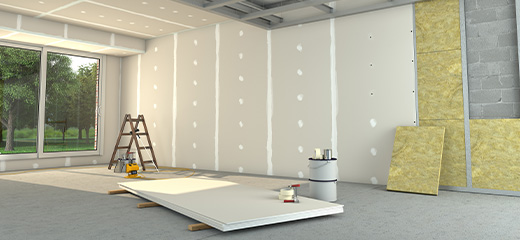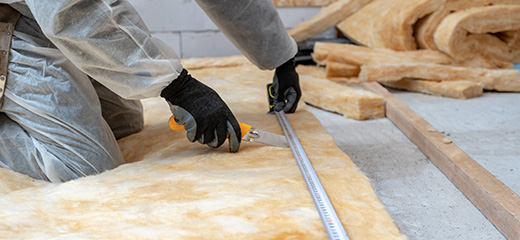
7 Plastering problems to look out for
Walls are essential structures of the home, providing stability, boundaries between areas and appealing surfaces that frame and display the property to its best. Defective plastering, however, can quickly detract from your home’s good looks and could be an indicator of bigger problems.
Anyone who’s ever tried their hand at plastering will tell you that this is a job that’s best left to the experts. And it’s not just the application and finishing that proves challenging, the materials need to be properly selected and mixed, and the walls appropriately prepared to ensure problems don’t emerge down the line.
Here are the most common plaster defects and what they mean:
- Cracks: Probably the most alarming defect to see in your home’s plastering is cracks. If the cracks you are seeing are very fine or hairline, this is probably a result of too much fine content in the sand. Larger cracks are more difficult to diagnose and could be a result of structural shifts, thermal expansion, rapid drying or poor workmanship, to name just a few. A specialist should assess larger cracks as soon as possible to identify the cause and prevent expensive widespread damage.
- Bubbling and bulges: These kinds of defects are often a sign of structural movement, water damage or uneven mixing of plaster and should also receive urgent attention from a specialist even if there are no visible water stains.
- Flaking and peeling: If sections of your plaster are flaking or peeling off the wall and you hear a hollow sound when tapping the surface then your plastering could be debonding. This could be due to excessively thick plaster layers or inadequate preparation of the surface before plastering. If the area is about the size of a dinner plate or smaller, you can repair the area yourself. However, larger areas should be removed and replaced.
- Discolouration: Stained plaster is normally a sign of water damage from leaks, rising damp or failed waterproofing, and should be treated as soon as possible to limit the impact.
- White powder: When soluble salts are brought to the surface of plaster, forming a whitish powder, this is called efflorescence. These soluble salts seriously affect the adhesion of paint onto the plaster and can cause serious problems.
- Crumbling: If you ignored the efflorescence for too long, you may find that your plaster is crumbling. In most cases, these soluble salts came from excessive moisture or water damage and failure to remedy the situation with appropriate waterproofing and plaster repair or replacement could lead to widespread structural damage.
- Uneven surface: This defect is a sign of poor workmanship and apart from being an eyesore, is not commonly a sign of problems with the plaster itself. If the problem area is not too widespread you may be able to rectify the uneven plaster yourself with sanding or applying a skim coat of plaster, but you will need to work slowly and carefully to avoid making the problem worse. Alternatively, calling in a specialist plasterer could see your problem areas resolved far more effectively.
LookSee's Home Maintenace Portal can put you in touch with contractors that specialise in new and existing plastering.









